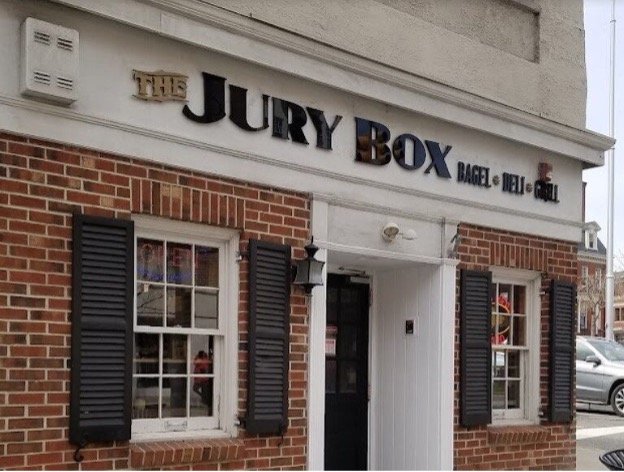This post is courtesy of guest author Tim Dewberry.
Yesterday Magistrate Judge Gilliland conducted a pre-voir dire conference for the parties in VLSI v. Intel III, slated to start next week in Austin. At the conference Judge Gilliland provided his expectations for the voir dire proceedings, which will occur this coming Monday morning before trial starts in the afternoon.
Attorney Questioning:
Judge Gilliland noted that he would have the entire jury panel watch the Federal Judicial Center’s introduction to patents video prior to any questioning done by the attorneys, and that attorney questioning would be limited to 15 minutes per side. The questioning could proceed by each lawyer asking questions requesting a show of hands and then having individual follow up conversations.
Judge Gilliland noted that he would not allow any questions in the first instance asking about knowledge of the prior trials or litigation between VLSI and Intel, and no questions regarding Fortress Investment Group or any other litigation funders would be permitted. Non-argumentative questions regarding general knowledge about the parties would be permitted, though the lawyers would not be allowed to ask jurors “commitment” questions asking them to commit if the facts showed X that they would find Y at trial. Each party had submitted to the Court a summary of the facts in this case, which will be then be revised and combined into a single factual statement to be read to the panel.
Furthermore, upon inquiry by the parties, Judge Gilliland relayed that nothing was known about the vaccination status of the jurors and that no questions regarding vaccination status would be permitted due to the possibility of potential HIPAA violations.
Striking Jurors:
Regarding the use of peremptory strikes, VLSI initially requested an alternating-strike approach in which (for example) VLSI would strike one juror, then Intel, then Intel would get the next strike followed by VLSI. Intel requested that the “blind-strike” method be employed instead, in which each party submits all of its strikes at the same time (meaning both sides might strike the same juror). Judge Gilliland noted that the blind-strike method is the one traditionally used by Texas federal courts, and it would be the method employed for this trial.
Interestingly enough, the Austin juror pool for this case has apparently already yielded one current Intel engineer. Both parties agreed that this juror should be notified that they need not appear for voir dire due to the obvious conflict of interest.
Intel also noted that it had discovered that one other juror in the pool is an inventor on a patent held by NXP Semiconductors, a party that was a previous owner of the asserted VLSI patents and that apparently maintains a financial interest in the outcome of this litigation. Intel asked that this juror also be excused, but Judge Gilliland deferred that decision until voir dire, at which time the parties will have the opportunity to learn more about this juror, such as whether they are still employed by NXP.

